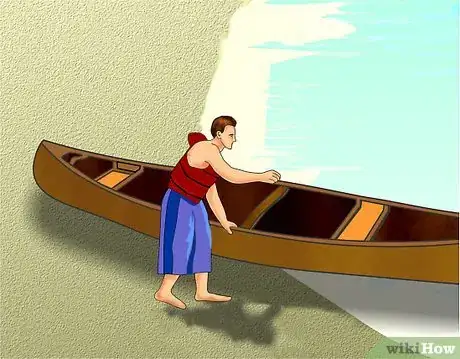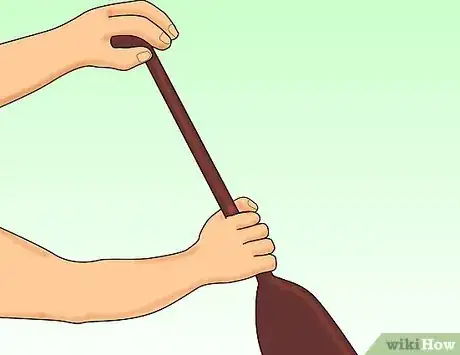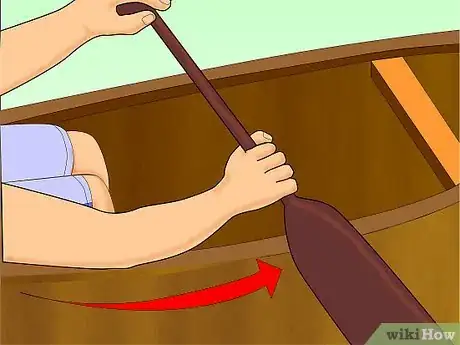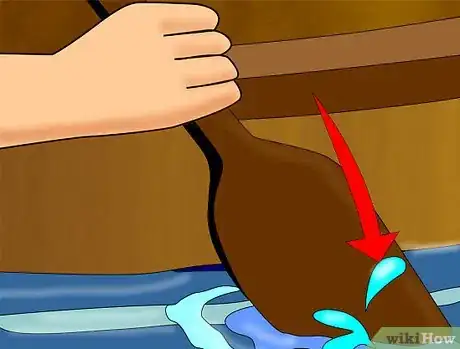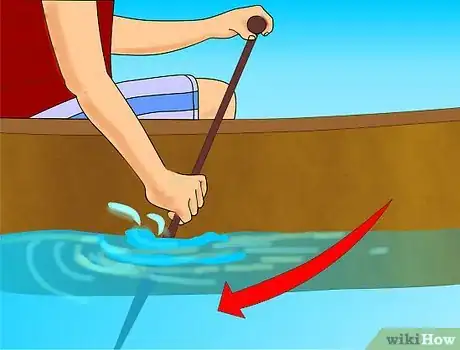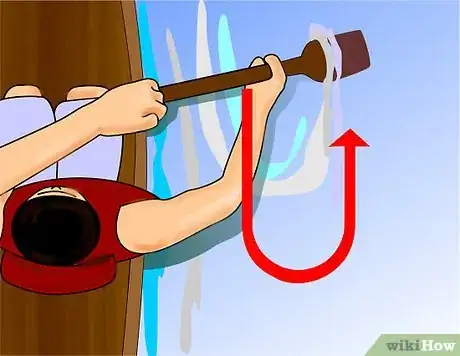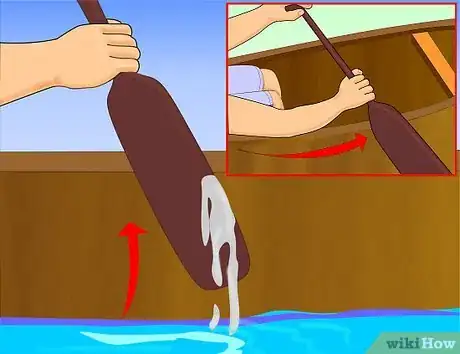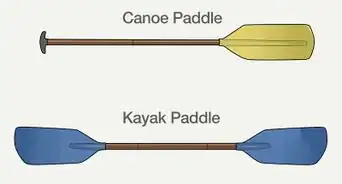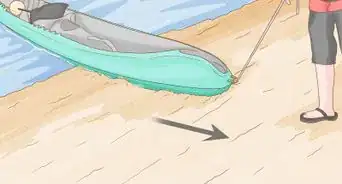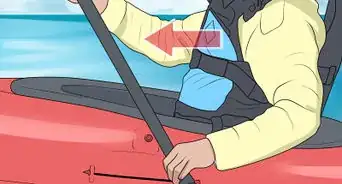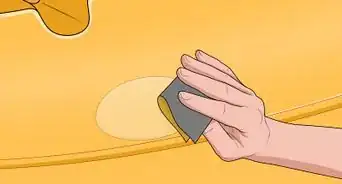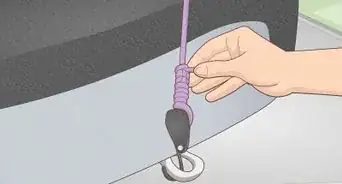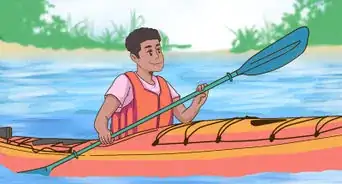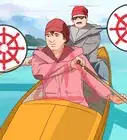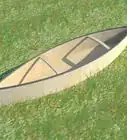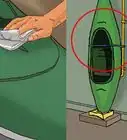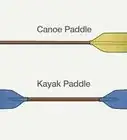wikiHow is a “wiki,” similar to Wikipedia, which means that many of our articles are co-written by multiple authors. To create this article, 9 people, some anonymous, worked to edit and improve it over time.
This article has been viewed 62,837 times.
Learn more...
People often think of canoeing as a two person activity, believing a canoe to be unmanageable by one person. While a full size canoe is a bit harder to handle alone than a kayak, canoeing alone is by no means impossible. With the help of a handy technique called the j-stroke, you can ensure that your canoeing fun is not dependent on finding a partner to get out on the water with you. Just follow these steps to propel your canoe in a straight line, without the hassle of switching your paddle to the other side every few strokes.
Steps
-
1Unload your canoe into the water (guides on this can be found elsewhere).
-
2Seat yourself in the canoe. When paddling a two person canoe alone you should sit in the bow seat (the one closer to the middle of the canoe) facing backwards (toward the stern). This position prevents the other end of the canoe from rising too far out of the water due to your weight. Steering a canoe with one end out of the water is extremely difficult, especially in windy conditions. Some people recommend kneeling in the exact middle of the canoe, but this actually makes steering much more difficult since most steering strokes will simply push the canoe sideways rather than turn it when sitting in this position.Advertisement
-
3Grip your paddle. One hand should be gripping the top of the paddle, with the other hand gripping directly above the blade. Use whichever hand feels comfortable to you, preference for paddling on one side or the other actually seems to be independent of which hand is dominant.
-
4Reach forward with the paddle on the side of the canoe corresponding to your lower hand until your bottom arm is fully extended.[1]
-
5Dip the paddle into the water until the blade is totally submerged.[2]
-
6Pull the paddle back until your lower hand is slightly behind your torso.[3]
-
7Rotate the paddle ninety degrees so that the face of the blade is parallel with the side of the canoe.[4]
-
8Push the blade out away from the canoe by using the edge of the canoe as a fulcrum and pulling the top of the paddle in the opposite direction.[5]
-
9Pull the blade of the paddle out of the water and return to step 4.
Warnings
- You should always wear a life jacket when canoeing, and doubly so while canoeing alone.⧼thumbs_response⧽
- Bring and drink plenty of water. You can easily get dehydrated on a sunny day out on the open water.⧼thumbs_response⧽
- When going canoeing alone, always be sure to tell someone where you plan on going and when you plan on returning. This way, someone knows to be looking for you and can alert the authorities if for some reason you don't return.⧼thumbs_response⧽
Things You'll Need
- Canoe
- Paddle, which ideally should come up to your chin when planted vertically on the ground.
- Buoyancy aid
- Cell phone in a zip-lock bag or other water-tight container.
- Sunscreen
- Water bottle
References
- ↑ https://bendingbranches.com/canoe-strokes-j-stroke
- ↑ https://bendingbranches.com/canoe-strokes-j-stroke
- ↑ https://www.artofmanliness.com/articles/how-to-paddle-a-canoe-the-j-stroke/
- ↑ https://www.artofmanliness.com/articles/how-to-paddle-a-canoe-the-j-stroke/
- ↑ https://www.globosurfer.com/canoe-j-stroke/
